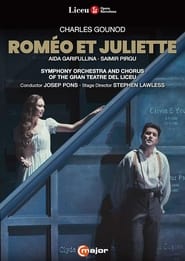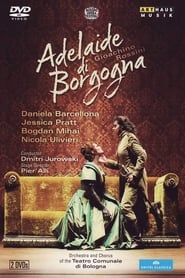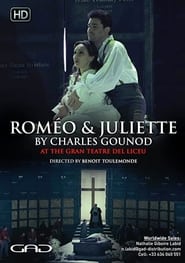detail profile nicola ulivieri

Info Pribadi
Peran Yang Di Mainkan Nicola Ulivieri
 Romeo and Juliet is the most...
Romeo and Juliet is the most...Gounod - Romeo et Juliette 2023
Romeo and Juliet is the most famous love story of all time. In Charles Gounod's operatic adaptation of the Shakespearean tragedy at the Gran Teatre del Liceu in Barcelona “Saimir Pirgu and Aida Garifullina mesmerize as the tragic lovers” (Euronews). Charles Gounod is one of the great representatives of French lyric drama and due to his famous aria “Je veux vivre”, ravishing melodies, magical duets and the unique ballet scene in Act IV, Roméo et Juliette continues to gain much popularity. This production by Stephen Lawless once again demonstrates the abundance of ideas that Shakespeare’s legendary tale is able to inspire, even in the 21st century. In addition to the lavish stage sets and the carefully chosen costumes and props, the production captivates the audience thanks to its refined dramaturgical logic
 It can be truly said of...
It can be truly said of...Adelaide Di Borgogna 2013
"It can be truly said of Adelaide di Borgogna that, like a rose, it bloomed but a day - l'espace d'un matin." First performed in Rome on the 27th December 1817, it enjoyed very few revivals. In 2011 the Rossini Festival in Pesaro presented the second staged performance of Adelaide di Borgogna since 1825. The story of the opera was taken from a historical event that took place in the medieval period, marking the end of an independent Italian kingdom and leading to the birth of the German Holy Roman Empire through the efforts of Otto I of Saxony. Caught between political rivalry and the love of two men, Adelaide of Burgundy struggles to fight for her people and chooses Otto, the better ruler, for herself and her kingdom.
 The plot takes place in the...
The plot takes place in the...Così Fan Tutte - Teatro Comunale di Ferrara 2000
The plot takes place in the Bay of Naples in the 18th century. Deeply convinced of women's infidelity, the cynical Don Alfonso provokes his young friends Ferrando and Guglielmo by impugning the constancy of their fiancées, sisters Dorabella and Fiordiligi.


